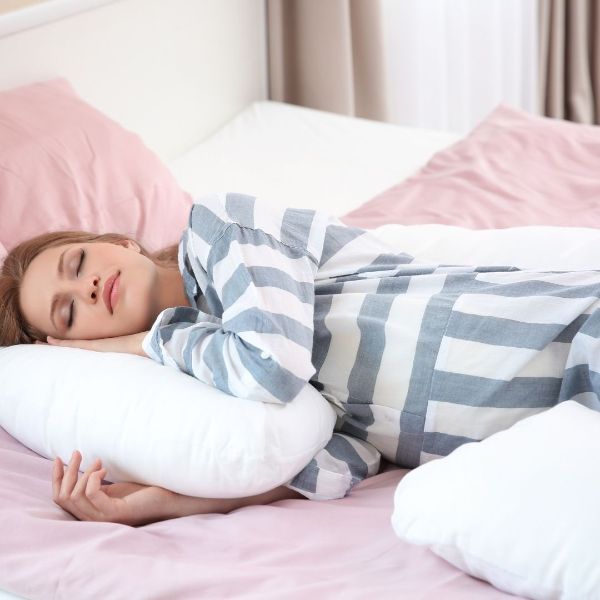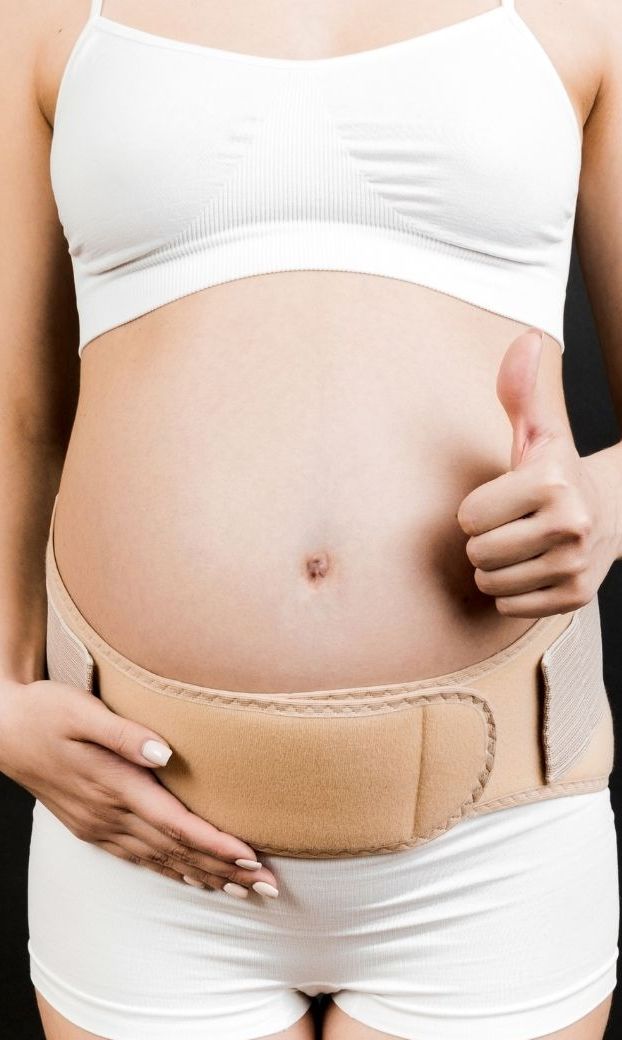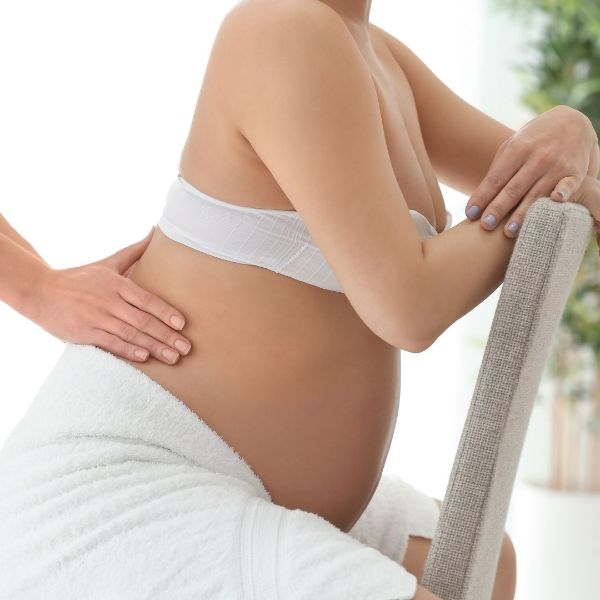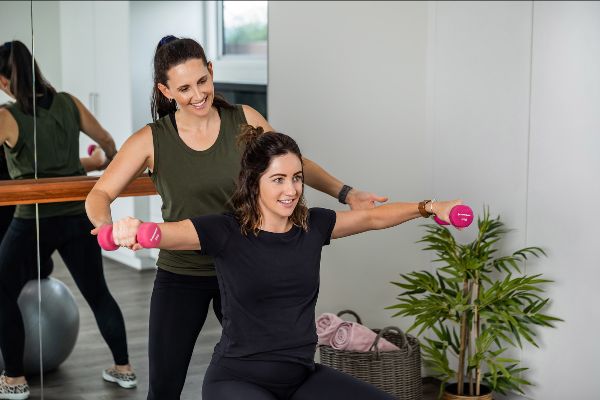
Tips to Manage Pelvic Pain in Pregnancy
What is Pregnancy Pelvic girdle pain (PPGP)? It is a term given to pain experienced during pregnancy at one or all of the pelvic joints. Pain over the central, front region of the pelvis is called symphysis pubis dysfunction (SPD) and pain in the left and/or right buttock region where the sacrum joins the pelvic bones is called sacroiliac joint (SIJ) pain.
The exact mechanism that leads to PPGP is uncertain but is likely to be multifactorial; hormonally driven softening of ligamentous supports, changes in your posture, muscle imbalances, pressure from your growing baby, genetic predisposition. Although these joints are robust they can become inflamed and painful.
How Common is it?
The incidence depends on how it is defined. Research gives a range from under 10% to over 75%. Having worked with thousands of pregnant clients I would suggest it bothers about 20-30% of women with most having an onset in the second trimester.
Does it Go?
Less than 10% of women report problems after childbirth.
Top Tips on How to Manage Pelvic Pain
1. Picture yourself in a tight pencil skirt
Picture yourself in a tight pencil skirt when you are moving. So when you are walking reduce your stride. When you roll in bed or go to get out in/out of the car move with your knees close together and in line with your hips.
2. Use a pillow
Use a pillow between your knees for sleeping on your side. The pillow should be sized to align your top knee with the top hip. This will help stop your top leg from creating a twist at your pelvis.

3. Prime your joints and muscles prior to shifting
Prime your joints and muscles prior to shifting out of a position that you have been in for considerable time, so if you are going to get up out of bed or from a chair do a few pelvic tilts first.
4. Consider an external support.
Consider an external support. There are several types on the market and what feels great for one may be uncomfortable for someone else. You can get bike pants type supports that have a waistband above your belly. They will provide a sense of lift of the tummy off the pubic joint at the front and help to support your back. They also create some compressions around the back of the pelvis in the sacroiliac joints (SIJ’s). These types of supports are a bit easier to manage wearing when you are needing to be active, however don’t offer the same degree of compressive support as a brace.

Brands such as SRC or Solidea Pregnancy Shorts are available to order online or from many pelvic health physios. SIJ pelvic maternity belts or Serola belts wrap around the pelvis with Velcro straps to give greater compression but some women find them uncomfortable under their bumps esp with they need to be getting up and down.
5. Take a load off!
Take a load off! Simply standing elicits shearing forces through the pelvic joints as the load from the spine is transferred across the SIJ’s. Find moments in your day to move into side lying to give the soft tissue supporting those joints and surrounding areas a rest. If you are at work try periodically resting forward onto your forearms at a bench, desk or onto the back of your chair. In cases of severe PGP it may be necessary to use mobility aids such as a wheeled walking frame or crutches to reduce single side weight bearing but this is rare. You should have your condition assessed before seeking this type of support.

6. Get some Hands-on help
Get some Hands-on help Having some massage into the buttocks, inner thighs and low back can be beneficial. A gentle exercise program is usually beneficial to maintain the muscle support around joints and for joint mobility. Seek out someone who specialises in pregnancy care for this such as a Pelvic Health Physiotherapist, Pregnancy Massage Therapist or Chiro.
7. Keep exercising where possible
Keep exercising where possible In most cases PGP should not stop you from taking part in exercise but requires modifications/precautions. Be sure to exercise under the guidance of instructors that have an excellent knowledge base on how to adjust for SPD and SIJ pregnancy pain. Always communicate with your exercise provider how your symptoms are responding both during your exercise session and in the day or two following.

The following exercises may make your pain worse
- brisk walking striding out
- jogging or skipping (which your pelvic floor may also not be a fan of)
- repetitive single sided loading exercises such as lunges +/- weights
- breast stroke kicking action in the pool
- wide pelvic stretches and poses
Pilates classes are suitable for women to attend with PGP.
Our Pregnancy Core & Stretch Pilates classes are suitable for women to attend with PGP. Modifications are provided for individual conditions to keep women moving and to provide a lovely social opportunity for Mums-to-be. Click here to read about the class or to make an enquiry. Day and night class options.
Sarah and I are committed to supporting women through all stages of life from pregnancy, birth, and recovery to peri and postmenopausal. We welcome new clients to our beautiful community.